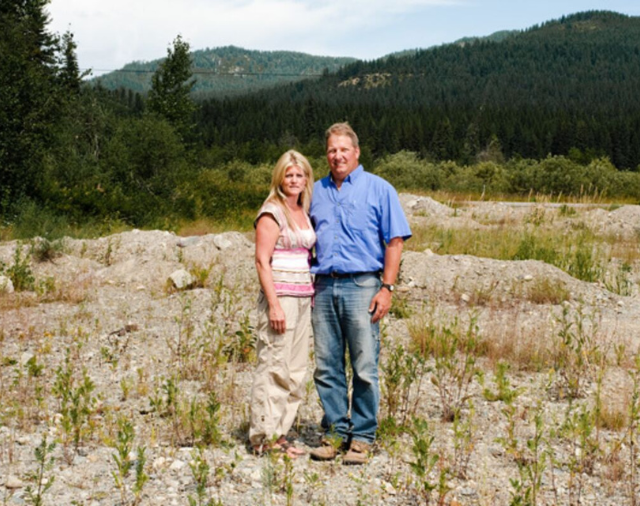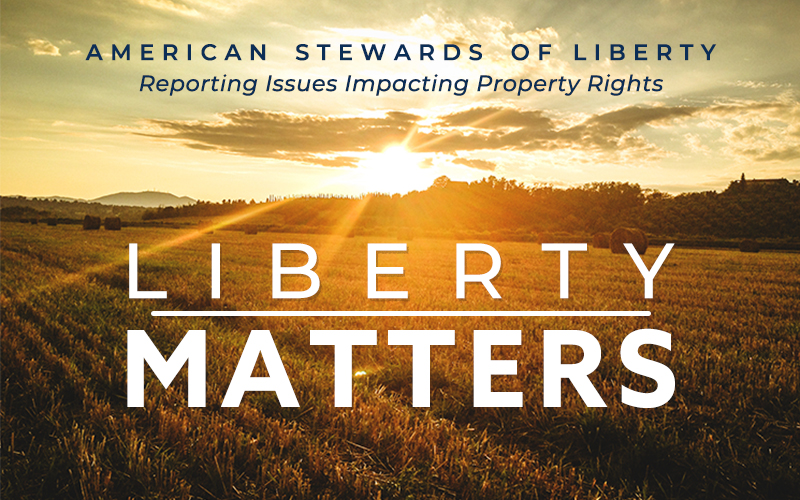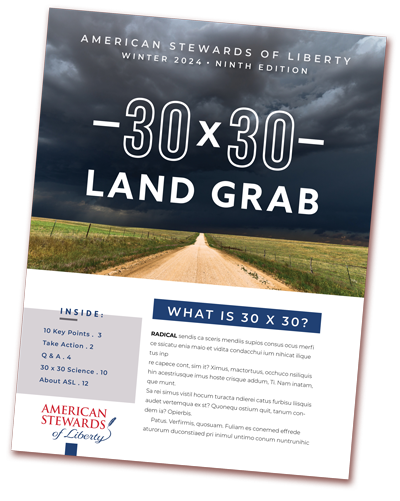In a very unusual unanimous decision, the Supreme Court handed Chantell and Mike Sackett one of the greatest property rights victories in decades.
Justice Alito, along with Roberts, Gorsuch, Barrett, and Thomas delivered the majority opinion of the Court, while three Justices: Thomas with Gorsuch; Kagan with Sotomayor and Jackson; and Kavanaugh with Sotomayor, Kagan and Jackson, filed separate opinions discussing different legal theories. But all concurred with the Court’s decision, technically making the ruling a 9-0 victory for the Sacketts.
The decision ends the Sackett’s years of fighting the Environmental Protection Agency (EPA) over what constitutes “waters of the United States (WOTUS).
As earlier reported in January by Liberty Matters, the EPA claimed the Sackett’s private property (a single lot) was a protected “wetland” even though it wasn’t wet, wasn’t attached to navigable waters, and was surrounded by homes and other lots.
They were threatened with a fine of $40,000 a day unless they obtained a federal permit because they deposited fill (dirt and gravel) onto their property that constituted an unlawful discharge of pollutants into the waters of the United States under the Clean Water Act (CWA).
In the opinion, Alito wrote “for more than a half century, the agencies (EPA and Corp of Engineers) have…adopted varying interpretations.” The Supreme Court attempted three times to clarify the meaning of “the waters of the United States,” but could not decide with a majority, according to Alito, enabling the agencies to use the CWA as a “potent weapon.”
The Sackett case was the final straw for the Court.
For the Sacketts, the EPA said their backfilling of dirt violated the CWA because the property contained protected wetlands. And, they said their wetlands were “adjacent to (in the sense that they are in the same neighborhood as) what it described as an ‘unnamed tributary’ on the other side of a 30-foot road.”
That tributary fed into a non-navigable creek which fed into Priest Lake, an intrastate (as opposed to interstate) body of water. EPA painstakingly designated the lake as navigable so they could establish a “significant nexus” whereby they concluded the Sacketts illegally dumped soil and gravel onto “the waters of the United States.”
It’s that “significant nexus” test the Court decided to clarify and redefine because the agencies had so enhanced their interpretation that they claimed their jurisdiction covered 270 to 300 million acres of wetlands and “virtually any parcel of land containing a channel or conduit through which rainwater or drainage may occasionally or intermittently flow.” This was the EPA’s and the Biden administration’s attempt to use their broad ruling to regulate millions of acres to fulfill their 30×30 initiative.
The Court ruled the Sackett’s land does not, in fact, fall under the jurisdiction of the 1972 Clean Water Act and that the EPA will only be able to regulate “those wetlands with a continuous surface connection to bodies that are navigable ‘waters of the United States.”
We are thankful to the Sacketts for their perseverance, for the hard work of Pacific Legal Foundation who litigated the case, and to a Supreme Court that has appropriately limited an over-reaching administrative state, protecting American’s property rights.





